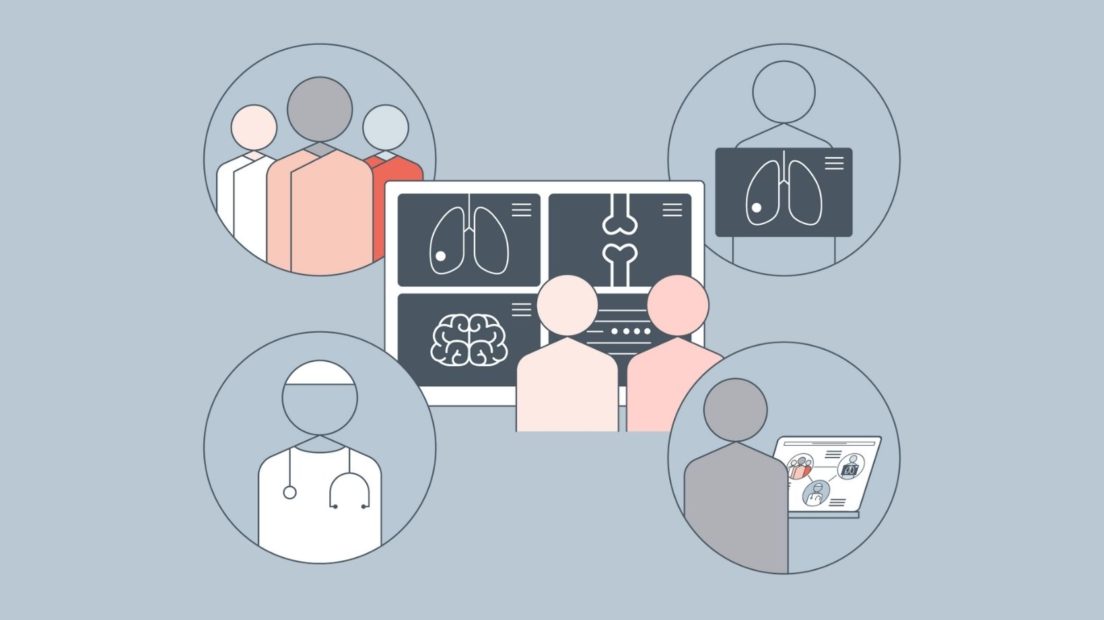In-Depth Analysis of the European Health Data Space (EHDS): Exploring the New Framework for Health Data Access (Part 3)

# In-Depth Analysis of the European Health Data Space (EHDS): Exploring the New Framework for Health Data Access (Part 3)
## Introduction
The European Health Data Space (EHDS) is a transformative initiative aimed at revolutionizing the way health data is accessed, shared, and utilized across the European Union (EU). As part of the broader European Data Strategy, the EHDS seeks to create a secure, interoperable, and patient-centered framework for health data management. This article, Part 3 of our in-depth analysis, delves into the new framework for health data access, focusing on the key components, challenges, and potential benefits of this ambitious initiative.
## Overview of the EHDS
The EHDS is designed to facilitate the seamless exchange of health data across EU member states, ensuring that citizens, healthcare providers, researchers, and policymakers can access and use health data efficiently. The initiative is built on two primary pillars:
1. **Primary Use of Health Data**: This refers to the use of health data for direct patient care. The EHDS aims to ensure that patients and healthcare professionals can access health data across borders, improving the quality of care and enabling continuity of treatment when patients move between EU countries.
2. **Secondary Use of Health Data**: This involves the use of health data for research, innovation, policymaking, and regulatory purposes. The EHDS seeks to unlock the potential of health data for scientific research, public health monitoring, and the development of new treatments and medical technologies.
## Key Components of the EHDS Framework for Health Data Access
The new framework for health data access under the EHDS is built on several key components that aim to ensure the secure, ethical, and efficient use of health data. These components include:
### 1. **Interoperability and Standardization**
A central goal of the EHDS is to promote interoperability between different health data systems across the EU. This involves the adoption of common standards, formats, and protocols to ensure that health data can be easily shared and understood across borders. The European Commission has emphasized the importance of using international standards such as HL7 FHIR (Fast Healthcare Interoperability Resources) and SNOMED CT (Systematized Nomenclature of Medicine – Clinical Terms) to facilitate data exchange.
Interoperability is crucial for enabling the seamless flow of health data between healthcare providers, researchers, and patients. It also ensures that health data can be used effectively for secondary purposes, such as research and innovation.
### 2. **Data Governance and Access Control**
The EHDS framework places a strong emphasis on data governance and access control to ensure that health data is used in a secure and ethical manner. The framework establishes clear rules for who can access health data, under what conditions, and for what purposes.
One of the key features of the EHDS is the creation of **Health Data Access Bodies** in each EU member state. These bodies will be responsible for overseeing the access and use of health data for secondary purposes, ensuring that data is used in compliance with EU regulations such as the General Data Protection Regulation (GDPR). They will also play a role in facilitating cross-border data sharing and ensuring that data access requests are handled efficiently.
### 3. **Patient Empowerment and Data Ownership**
The EHDS framework is designed to empower patients by giving them greater control over their health data. Under the new framework, patients will have the right to access their health data and share it with healthcare providers of their choice, regardless of where they are located within the EU. This is expected to improve patient outcomes by enabling more personalized and coordinated care.
Patients will also have the ability to decide how their health data is used for secondary purposes. For example, they can choose to opt in or out of having their data used for research or innovation. This patient-centric approach is intended to build trust in the EHDS and ensure that individuals feel confident in sharing their health data.
### 4. **Data Security and Privacy**
Ensuring the security and privacy of health data is a top priority for the EHDS. The framework includes robust measures to protect health data from unauthorized access, breaches, and misuse. This includes the use of encryption, anonymization, and pseudonymization techniques to safeguard sensitive information.
The EHDS also aligns with the GDPR, which sets strict rules for the processing of personal data, including health data. Under the GDPR, individuals have the right to access their data, request corrections, and have their data erased under certain conditions. The EHDS framework builds on these principles to ensure that health data is handled in a way that respects individuals’ privacy and data protection rights.
### 5. **Cross-Border Data Sharing**
One of the most ambitious aspects of the EHDS is its focus on enabling cross-border data sharing. The framework aims to create a single market for health data, allowing health data to flow freely between EU member states. This is expected to have significant benefits for both patients